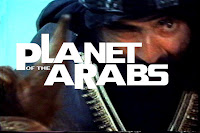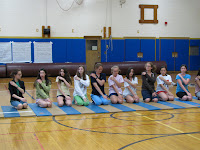




Welcome to this special blog which documents the work that I have done as a Scholar-in-Residence in Scarsdale Public Schools, New York in 2008/2009 academic year. The program aims at enriching the district-wide effort in preparing students to be successful global citizens in an interdependent world. My main curriculum emphasis lies in the effort to develop the intercultural understanding, to nurture the ability to empathy, and to break down stereotypes and prejudices.







“If you want to know if Islam, democracy, modernity, and women’s rights can coexist, go to Indonesia.” (Hillary Clinton, 2009)
In a more globalized and interdependent world, it is a great necessity to understand the diverse elements in the planet we all inhabit. There have been too many times that our failure to grasp the holistic understanding of a certain community has led us to a number of horrible episodes in human history.

In the era of war against terrorism, the Muslim communities have been portrayed as the “them” side by many people in the Western world. There is a danger when we lose or ignore the complexities within Muslim communities in different parts of the world. Simplifying it into one single picture based on images and messages from biased and prejudiced sources, particularly mainstream Western media, can foster a greater misunderstanding between Islam and non-Islamic communities around the world. In this unique STI course Scarsdale teachers and administrators were engaged in various texts and interactive activities to look into the myths, stereotypes, and prejudices around Islam, the second largest world religion. For this purpose, we looked into the case study of Indonesia.












 April-June 2009. Scarsdale Middle School, 8th grade classrooms. Collaborating teachers: Cheryl Orlandi, Melissa Zeiler, Chris Reali.
April-June 2009. Scarsdale Middle School, 8th grade classrooms. Collaborating teachers: Cheryl Orlandi, Melissa Zeiler, Chris Reali.



























